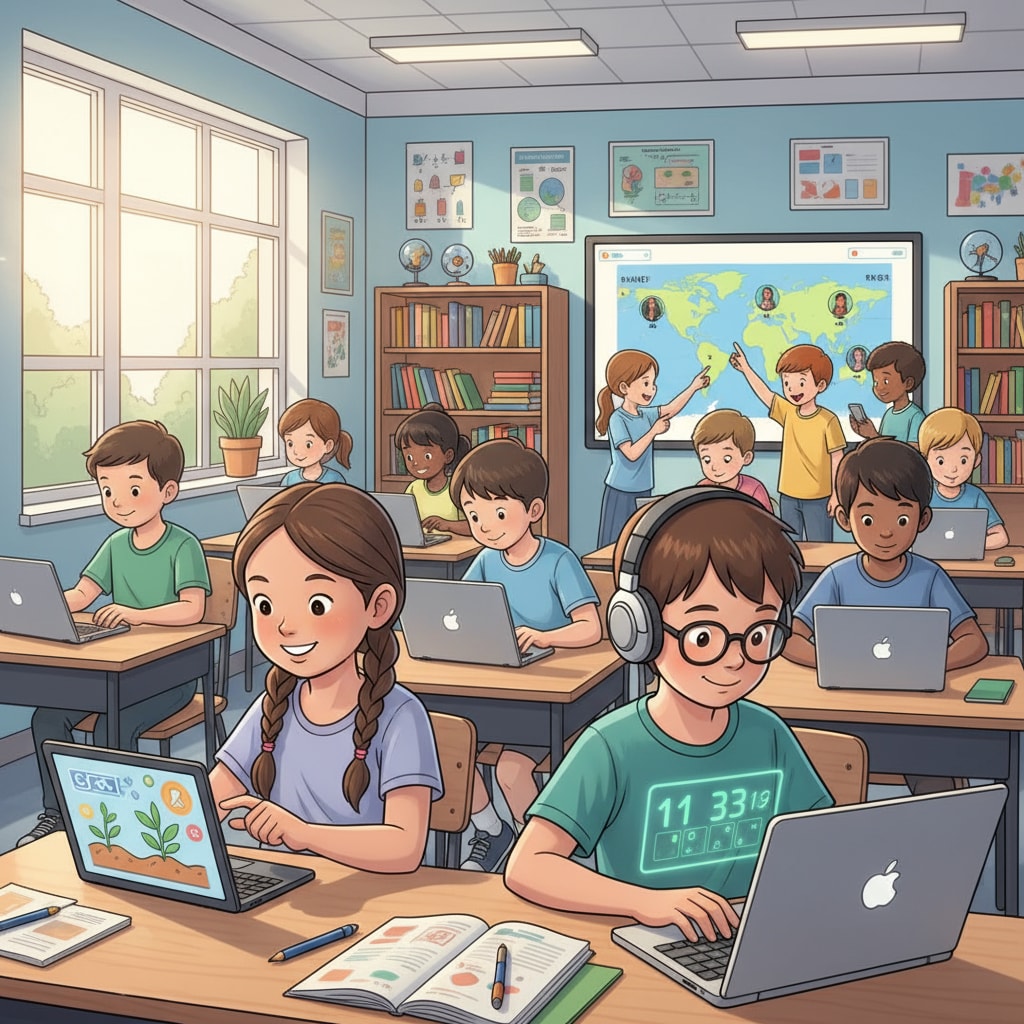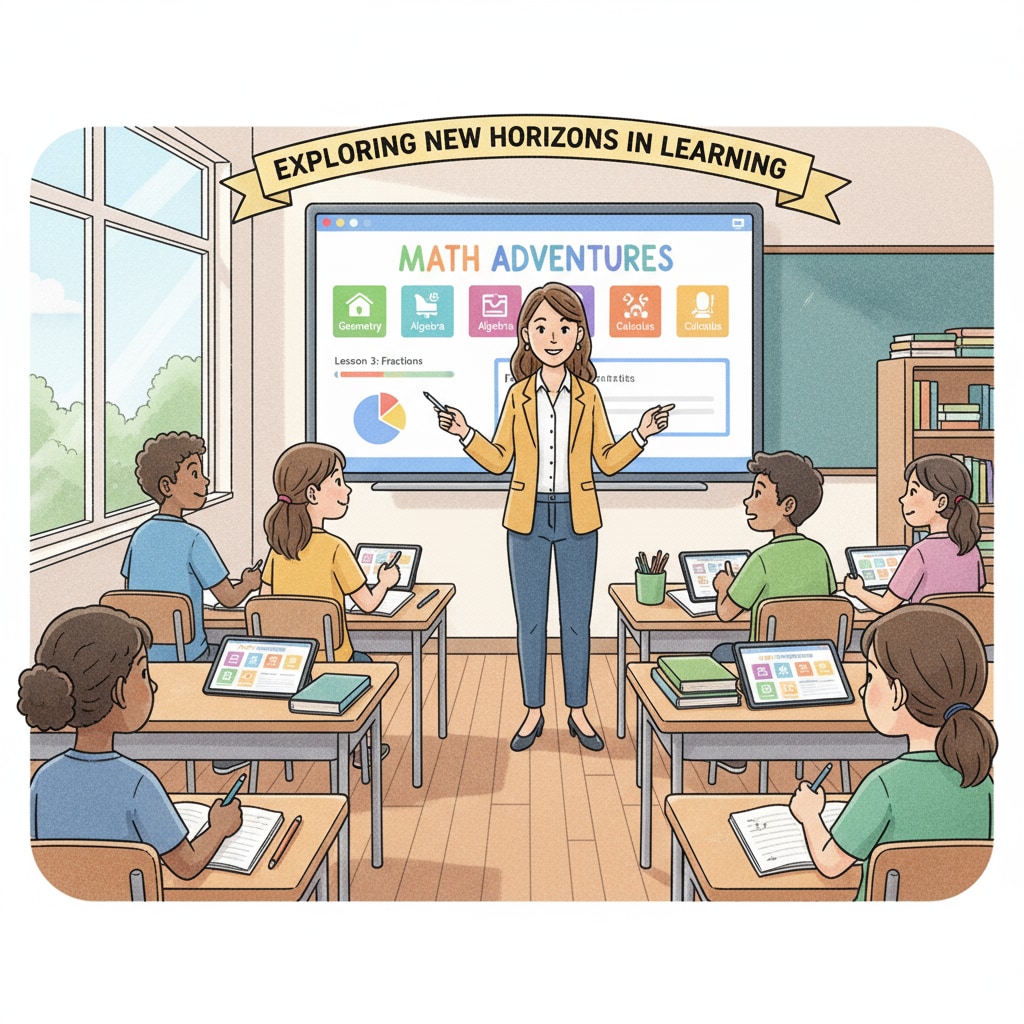In the realm of K12 education, educational technology, classroom learning, and student engagement are intertwined elements that can significantly impact the learning outcomes. While smart boards have been a staple in many classrooms, there are numerous other tools that can take the learning experience to the next level.

These tools not only enhance the teaching process but also make learning more interactive and enjoyable for students.
The Evolution of Educational Technology in the Classroom
Educational technology has come a long way over the years. From simple projectors to sophisticated interactive whiteboards, the tools available to educators have continuously evolved. According to Wikipedia’s entry on Educational Technology, the integration of technology in education aims to improve learning by providing new ways of teaching and learning. Today, we have access to a wide range of digital tools that can revolutionize the classroom environment.

Tools for Active Student Engagement
One of the key aspects of effective classroom learning is student engagement. Tools like Kahoot! and Quizlet are excellent for promoting active participation. Kahoot! allows teachers to create fun quizzes that students can answer in real-time, turning the learning process into a game. Quizlet, on the other hand, offers flashcards and study games to help students review and learn new concepts. These tools not only make learning more engaging but also provide immediate feedback to both teachers and students, as stated by Britannica’s article on Educational Psychology.
Another great tool for student engagement is Padlet. It’s a digital bulletin board where students can post their thoughts, ideas, and work. Teachers can create different topics and encourage students to interact with each other’s posts, fostering a collaborative learning environment.
Readability guidance: As we can see, these tools offer diverse ways to involve students in the learning process. They break away from traditional teaching methods and introduce an element of fun and interactivity. By using such tools, educators can better capture students’ attention and improve their overall learning experience.


